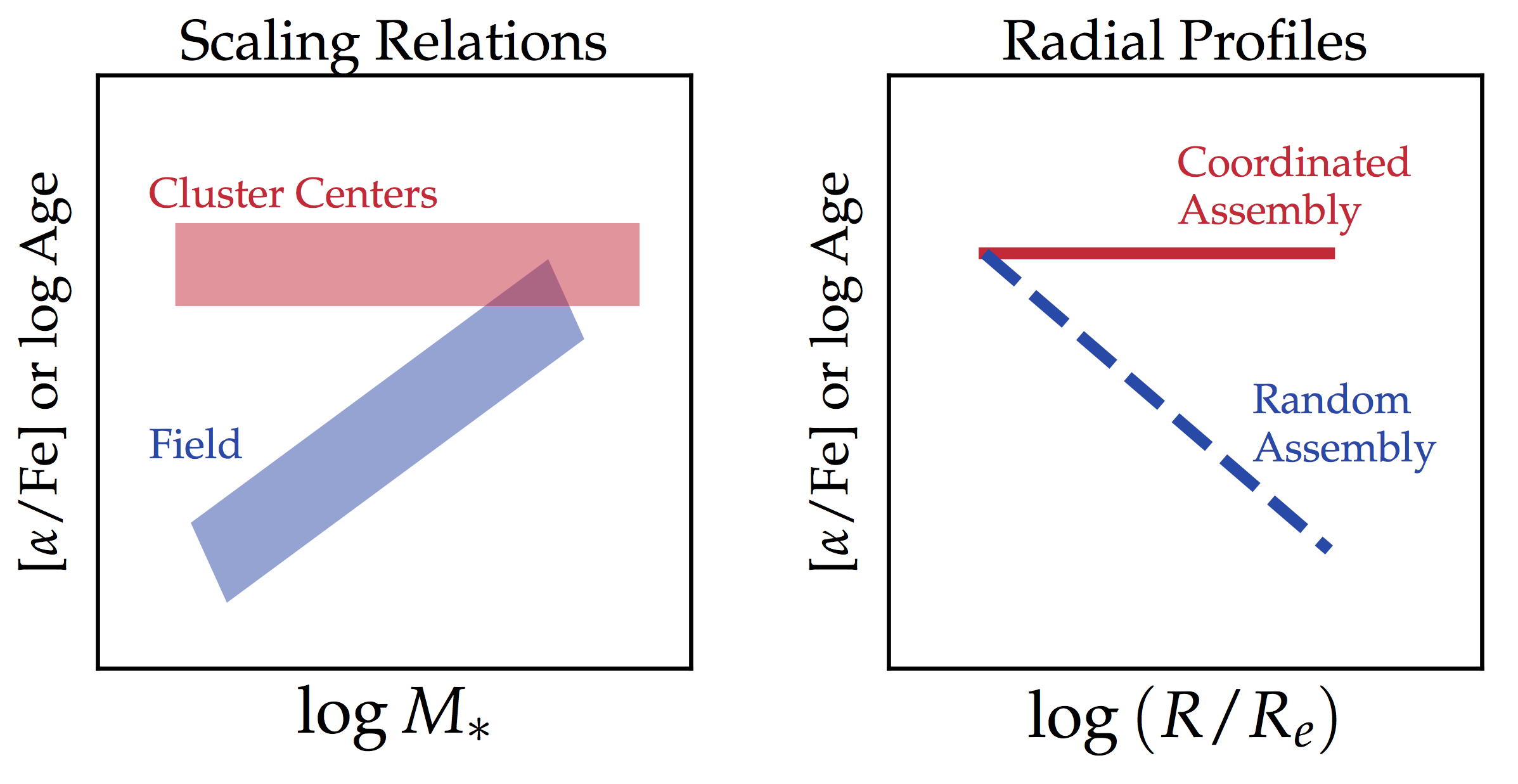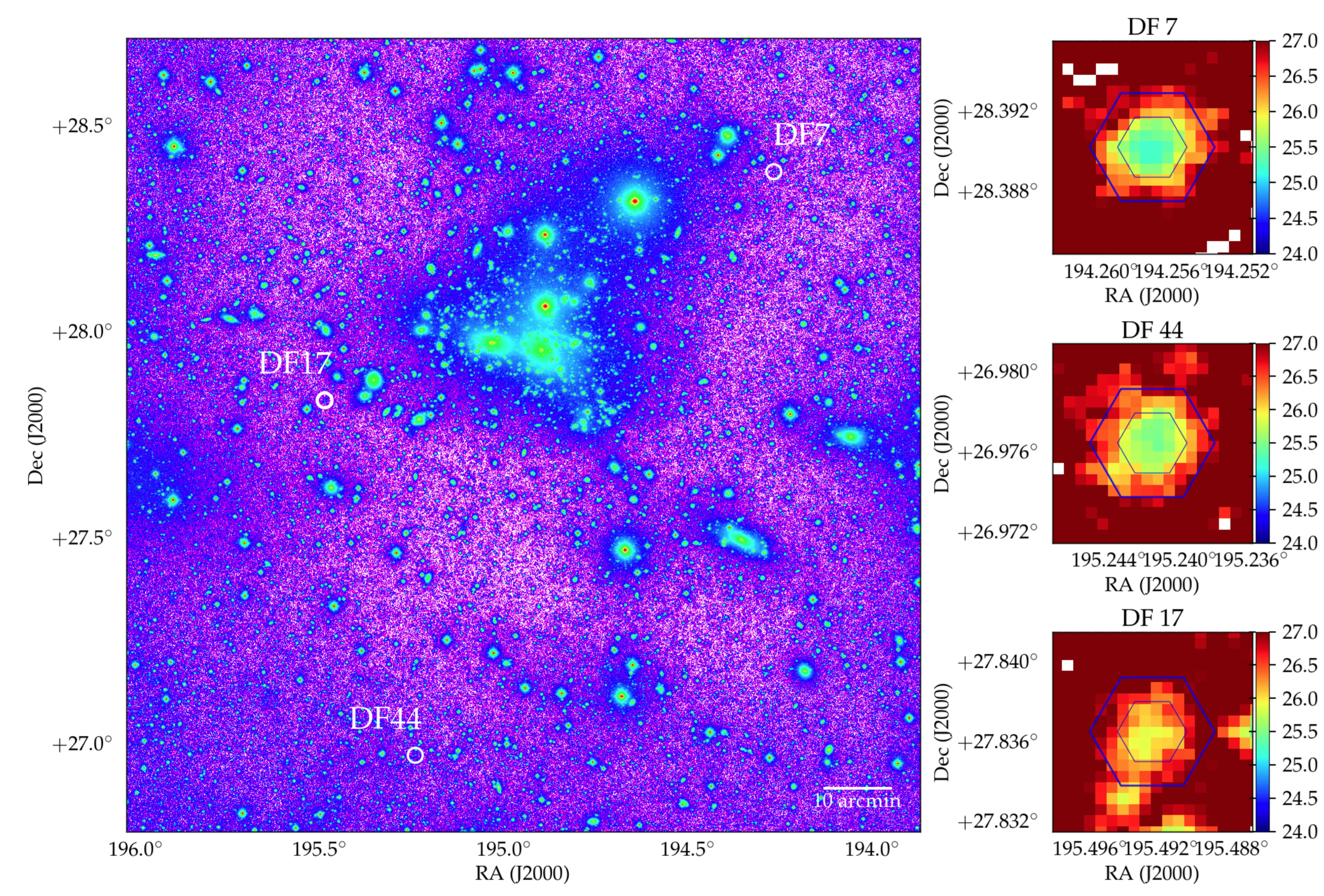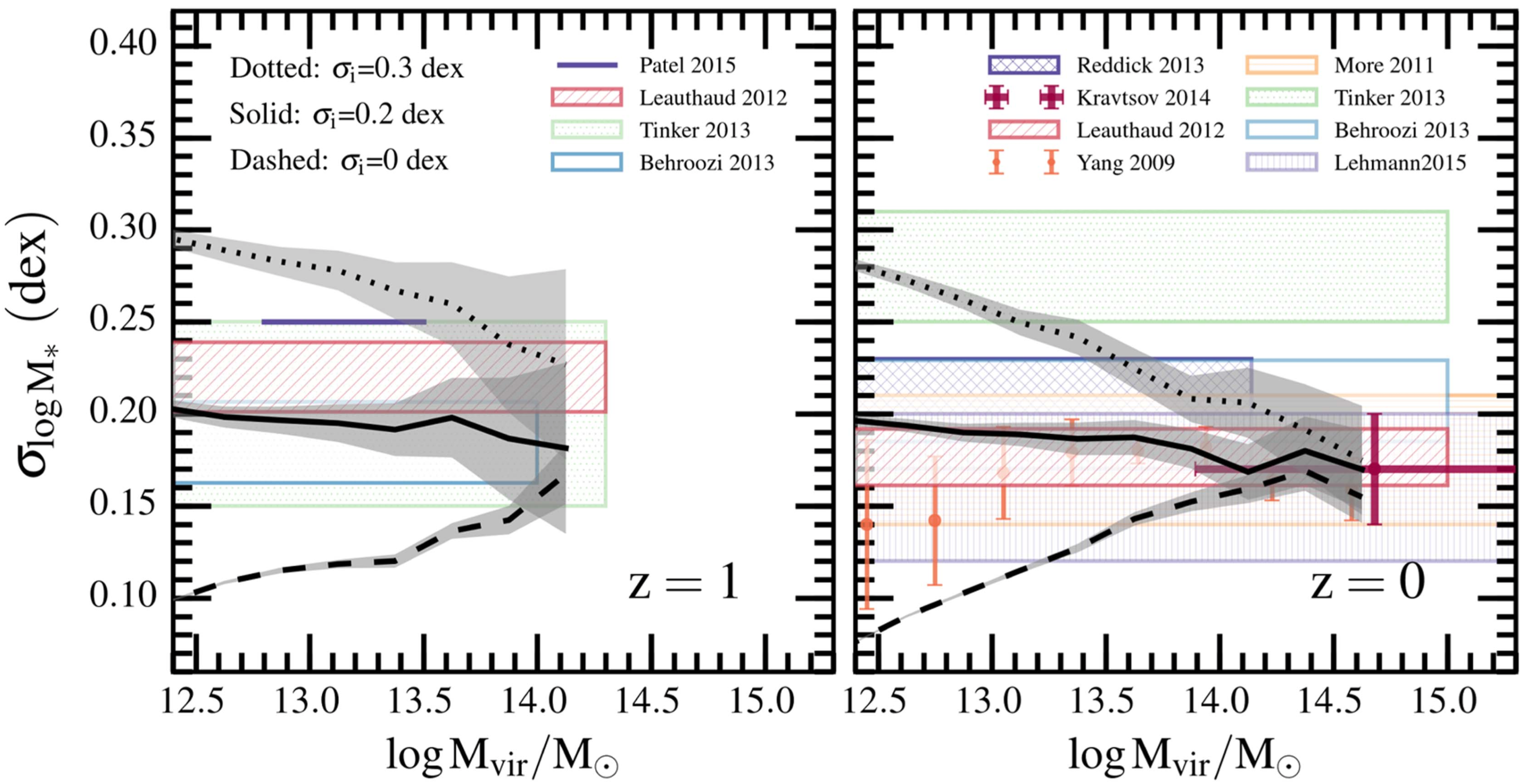About
I am an Assistant Professor in the Department of Astronomy at Tsinghua University. From Mar 2024 to Nov 2025, I was an Assistant Professor at the University of Hong Kong. Prior to that, I was a postdoctoral fellow at Carnegie Observatories and a Henry Norris Russell Postdoctoral Fellow in the Department of Astrophysical Sciences at Princeton University. I began my graduate studies at UC Santa Cruz and completed my PhD at Harvard University.
I am a specialist in stellar population synthesis modeling, spectroscopic observations and reduction. My research focuses on galaxy formation and seeks to understand the physical mechanisms driving the complicated interplay between star formation and galaxy mass assembly. I work on several known open issues: What is the stellar initial mass function of galaxies, how does it vary globally and locally, and impact on the mass measurement? What is the influence of environments on galaxy formation and evolution? How do massive galaxies grow, and what can we learn from the spatial information of stellar populations? I have used observations from Magellan, VLT, and SDSS-IV to tackle these questions. I will keep pursuing these topics using the next-generation observing facilities, including JWST and the Subaru/PFS survey.



